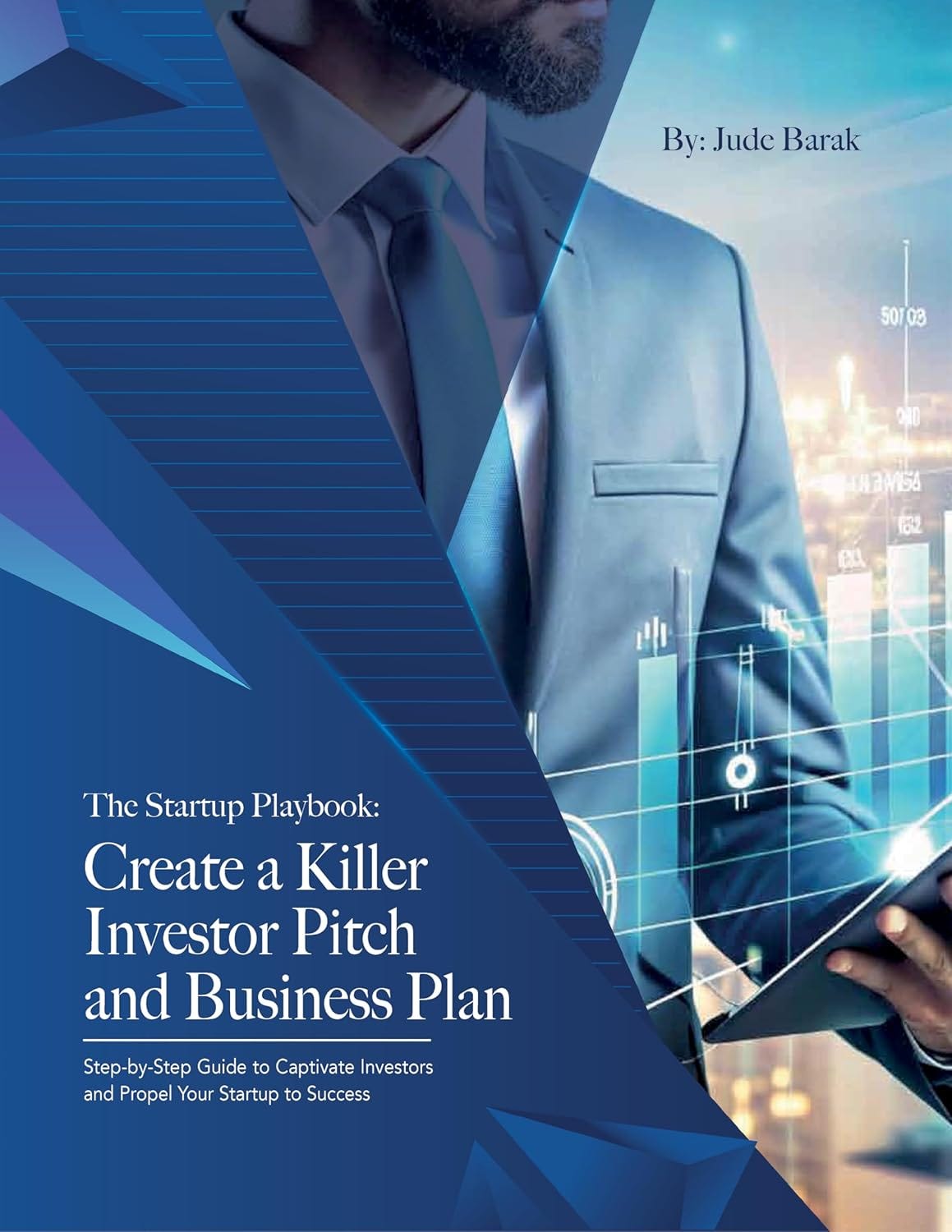TAM, SAM, SOM: How to Actually Calculate Them.
This Friday->The Startup Playbook: Create a Killer Investor Pitch and Business Plan by Jude Barak [3 min reading]
On Startup Salad I break down a business book’s key takeaways in a simple, digestible format, just like a good salad!
Hey, it’s Fede!
Guru Tutorial to build the TAM SAM SOM – Part 1:1
Or at least, that’s how it’s done way too often.
And the problem is:
Sometimes people don’t know how to calculate it properly.
Or… they try, but the result feels too low, and since VCs love big numbers, they start throwing random ones.
Then, when someone asks how they came up with those numbers, the answer is:
"It’s a kind of magic".
But but but, if you want to do it seriously, keep reading.
Today's book: The Startup Playbook: Create a Killer Investor Pitch and Business Plan by Jude Barak
I added a few personal touches to keep it short but spicy. 🌶️
Pssst: Every time you see a🥗, it means the takeaway is very hot!
TAM – Total Addressable Market
If you got 100% of the market, this is how much money you could make.
It’s just theory, you don’t have to make it happen.
But it’s super useful because it shows how much money moves in your industry.
How do you calculate it?
Usually with a top-down approach:
Start from industry reports (Statista, IBISWorld, McKinsey…) and reference a solid source.
The TAM can vary significantly depending on the sector. Just to give you an idea, it typically ranges from 10 billion to 200 billion.
Example:
Report from the Coolest Bank: “The global food delivery market is worth $150B in 2024”.
Voilà, that’s your TAM.
Psss: It’s much better if you can cross-check data from different reports, that way you reduce the risk of being way off. 🥗
Psss pt 2: And of course, we’re assuming you already know what your market is... right? Riiight?? If not, you can read this.
SAM – Serviceable Available Market
The SAM is the slice of the TAM you can reach, based on:
your technology;
your business model;
your geographic reach.
How do you calculate it (example): 🥗
Start from TAM → $100B (e.g. total fitness App market)
Filter by target customer → Only personal trainers (e.g. 10% of TAM = $10B)
Filter by geography → Only Europe (e.g. 25% of that = $2,5B)
Adjust for pricing model / business type → Maybe only 60% fits your model → $1,5B
...I hope you got the idea: you take the key characteristics of your product-service,
and little by little, you narrow down your TAM.
Just to give you an idea, it's often around 10% of the TAM.
Why it matters:
SAM helps you avoid overpromising.
It shows you know where you can realistically go, and where you can’t (yet).
SOM – Serviceable Obtainable Market
And here we are, the most important one (personal opinion).
How much can you realistically earn in the next 1–3 years?
How do you calculate it?
Use a bottom-up approach:
Estimate how many customers you can reach (based on your team, time, and budget)
Multiply by your average price
Why it matters:
This number should reflect your “current” resources, not your long term dreams. 🥗
Just to give you an idea, it's often around 1% of the TAM.
Example:
You can acquire 100,000 customers in your first year, with a $100 subscription
→ SOM = $10M
Lie Responsibly 🥗
TAM SAM SOM matters for a simple reason:
it gives you a quick snapshot of the market you’re targeting.
Why is that important?
Because it shows how big your vision is, and how big it could become.
Together with the SAM, it also helps you understand which investors you should (or shouldn’t) talk to.
For example, below certain numbers, going after VCs doesn’t really make sense.
Even if you manage to raise money, it could cause problems later when they want to exit.
So be careful, my friend. If you're going to lie, lie responsibly!
(Joking, of course ;) ).
That’s it for today, I hope this helped clarify an important topic. BIG HUG.
The guidelines you need to build your startup:
See you next Friday,
Federico Lorenzon












How to calculate TAM, SAM, SOM. Most people get it wrong that the SOM should be bottom up!